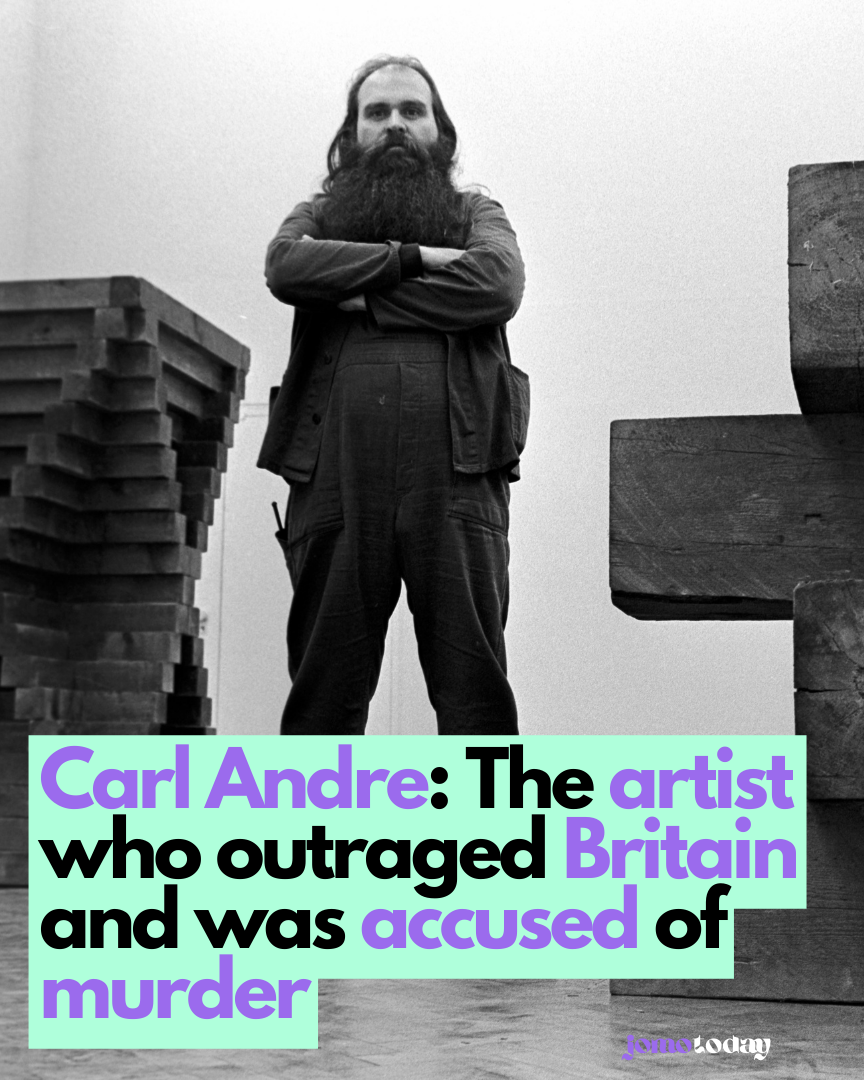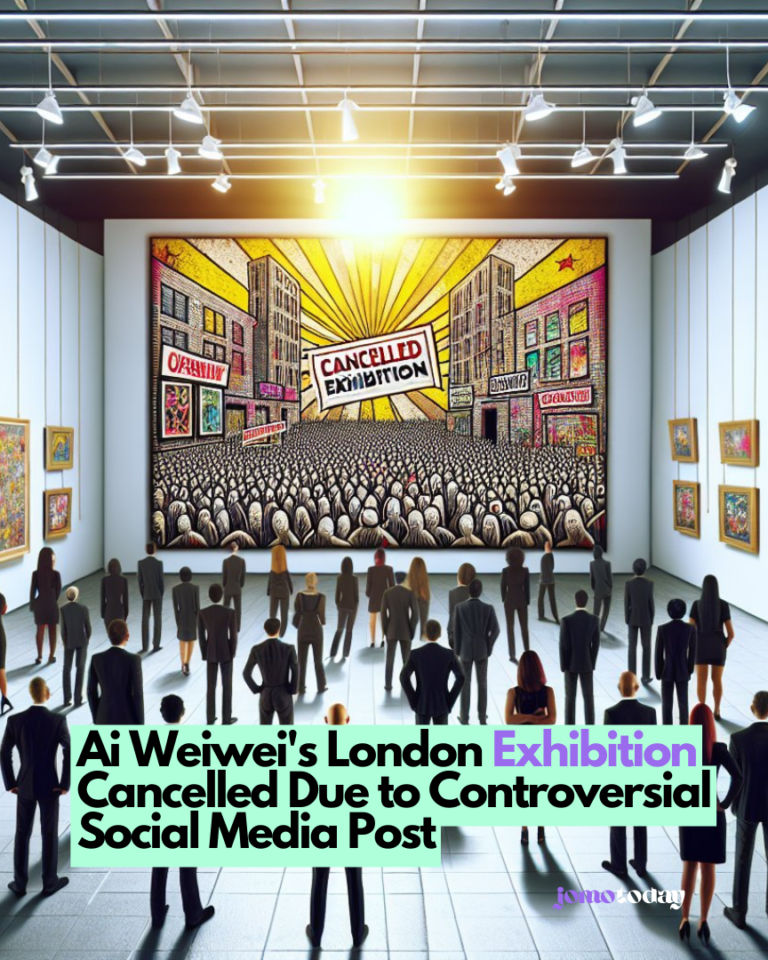Carl Andre, a highly influential artist who passed away last week, was known for causing controversy in Britain and being accused of murder.

Carl Andre, who died last week, was highly influential – but was also surrounded by controversy.
Carl Andre, a profoundly influential artist whose recent passing has stirred memories of two of art’s most contentious episodes—one related to his “pile of bricks” sculptures and the other shrouding the mysterious death of his wife—initially rose to prominence for his groundbreaking notions regarding the definition of art.
Upon relocating to New York to pursue his aspirations of becoming an artist, Andre experienced a pivotal moment when he encountered abstract painter Frank Stella. Stella’s observation of the uncarved facet of a substantial wooden beam that Andre was working on, prompting him to remark, “that’s sculpture too,” marked a transformative instant in Andre’s life journey.
Carl Andre came to understand that art could be distilled to its industrial essentials, involving the organization of basic rectangular sculptures crafted from materials such as bricks, steel, aluminum, and cedar blocks
Carl Andre earned recognition as a pioneer of the minimalist movement. According to New York Times critic Holland Cotter’s 2014 assessment, Andre “reconceived the traditional notion of sculpture and its mechanisms.”
However, his radical departure from conventional artistic norms proved too extreme for many.
In 1976, British artist Carl Andre sparked controversy when it was revealed that the Tate gallery had acquired his piece Equivalent VIII—a collection of 120 bricks arranged on the floor—for £2,297, funded by taxpayers. Alex Greenberger, in ArtNews, noted that each brick was identical in size, shape, and weight, suggesting factory production untouched by Andre’s hand. The Daily Mirror’s front page decried it as “rubbish,” igniting widespread outrage and debate in the media, with many viewing Andre’s simplistic presentation as emblematic of modern art’s deception.
The controversy wasn’t confined to the art world; politicians seized on it, with the Conservative opposition using Andre’s work to criticize Labour’s cultural policies. Adrian Searle, The Guardian’s art critic, reminisced about how Andre’s creation, dubbed the “Tate bricks,” became a lightning rod for heated arguments, newspaper headlines, and satirical cartoons.
A year later in the US, the gap between critical artistic acclaim and public reception persisted when the state of Connecticut purchased an artwork by Andre consisting of 36 uncut boulders for $87,000. The mayor of Hartford publicly criticized the acquisition, stating that it subjected the city to “international ridicule.”
However, Andre found himself embroiled in a different, more ominous controversy following the tragic death of his third wife, Cuban artist Ana Mendieta, who fell from their 34th-floor New York apartment under mysterious circumstances in 1985.
Upon calling 911, Andre informed emergency services that he and Mendieta had been arguing about their respective levels of fame. He recounted that she had retreated to the bedroom, stating, “I followed her, and she went out the window.”
During subsequent police questioning, his account diverged. He recounted that they had been watching television together, and she retired to bed before him. However, upon joining her later, he discovered her absence and an open bedroom window.
Scratches marred Andre’s face and body, a detail noted by the police. Acquaintances remembered her expressing fear of his temper and a profound dread of heights.
In his 1988 murder trial, a doorman testified to hearing desperate cries of “No, no, no!” moments before her body plummeted. Prosecutors were barred from presenting evidence indicating Mendieta’s intention to divorce Andre due to his infidelity.
Though he refrained from testifying, his defense contended that his wife either fell accidentally or took her own life. He was subsequently acquitted.
Following the trial, Andre persisted in creating and exhibiting his art, earning admiration from numerous quarters within the art community. However, the verdict failed to convince many, leading to frequent protests at his exhibitions with chants echoing, “Where is Ana Mendieta?”
Calvin Tomkins’ 2011 New Yorker profile highlighted the unique impact external circumstances have had on the career of this artist, suggesting that few others have been similarly affected by factors unrelated to their artistic endeavors.
In recent years, Mendieta’s reputation has experienced a belated resurgence. Helen Molesworth’s 2022 podcast, “Death of an Artist,” offered a reassessment of the court case and her treatment as a female artist, viewed through the lens of the post-#MeToo era.
Andre passed away on Wednesday at the age of 88, while battling dementia in hospice care.
Despite these developments, the art endures, accompanied by lingering questions.
Read More: Pierce Brosnan pleads not guilty to hiking off trail in Yellowstone thermal area






1 Comment